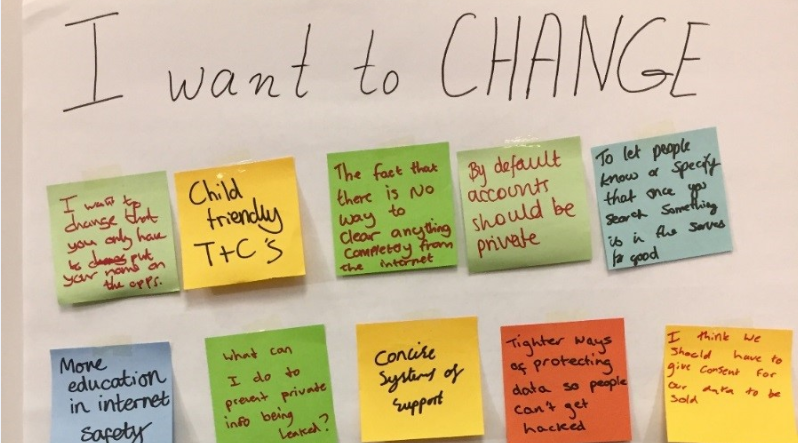Over the past two years, netCommons has partnered with Community Networks (CNs) across Europe and other civil society organizations to work on the ongoing reform of EU telecom rules. The legislative process is now almost over, and these efforts have paid off, CNRS researcher Félix Tréguer explains here. He argues here that EU telecom policy-makers can no longer ignore the merits and special regulatory needs of these grassroots initiatives.
Over the past fifteen years, Europe has seen the emergence of the grassroots movement of Community Networks. Research by the netCommons project has identified close to 130 local communities across the world who have come together to build alternative communication networks. Some operate in rural areas, others in urban settings, but they all share basic values of building a network and managing connectivity in a way that meet the communication needs of humans (rather than those of objects and machines) and foster local empowerment and autonomy.
Whether it is by bridging the digital divide, fostering scientific and engineering experiments, helping local hosting and service providers come together to mutualise investments and share costs, or by supporting digital literacy and technological sovereignty, Community Networks have achieved significant results. Yet, as netCommons researcher Maria Michalis has shown, policy-makers at the European level tend to only see CNs as playing a “gap-filling” role, that is, intervening where market actors are failing to provide (decent) connectivity. This remains true, even though the EU Commission recognizes that “such projects have generally been very successful in driving the take-up rate among the end users and in building financially sustainable case.”
To address these shortcomings, more than 30 European CNs wrote an open letter to EU telecom policy makers in March 2017. The letter came at a particular, strategic moment of the EU policy-making process. The EU Parliament was then initiating the legislative process on several proposals reforming the legal framework for telecom regulation across the bloc, culminating with the adoption of a European Code of Electronic Communications (ECEC). Coming with a list of regulatory demands, the signatories were hoping to seize an opportunity to get recognition from EU lawmakers for their fantastic work.
- The new EU telecom framework lifts administrative burdens for Community Networks.
- that National Regulatory Authories (NRA), national governments and EU policy-makers should “take due account of the variety of conditions relating to infrastructure, competition, end-user and consumers circumstances that exist in the various geographic areas within a Member State, including local infrastructure managed by individuals on a not-for-profit basis”. This language covers most, if not all, of CN models and suggests that regulators should actively mobilize the knowledge of Community Networks in the development of telecom policy.
- Regulators will still be able to safeguard competition on FTTH networks. The notion of “regulatory holidays” favoured by incumbent operators and the EU Commission has been significantly delimited, and NRAs will have the tool they need to ensure that private networks rolled out by large players remain open to smaller players, including CNs, on reasonable financial and technical terms.
- Unlicensed access to spectrum is encouraged by new provisions. This is key for wireless Community Networks who have difficulties to operate in urban areas where Wi-Fi bands are getting increaslingly saturated, but more generally to build resilient and affordable long distance wireless networks;
- Policy-makers and telecom providers are banned from hindering the right to share one’s Internet connection. This is key for CNs like Freifunk which rely on the ability of subscribers to traditional telecom operators to share their connections with people in their vicinity.
These new provisions are detailed in a new netCommons policy brief taking stock of the latest developments of EU telecom policy and providing guidelines to telecom policy-makers.
In a separate effort worth mentioning here, netCommons also met in January 2018 with the UNESCO team developing Internet universality indicators which prompted UNESCO to propose in its second draft of Internet universality indicators to assess a country’s performance based on the existence of an appropriate “legal framework for establishment of community networks”.
Thanks to these various achievements, telecom regulators (whether the EU Commission, Member States, NRAs) will no longer be able to ignore the special policy needs of CNs. They are now incentivised to use new and already existing regulatory tools to adapt the regulatory regime to enable the growth of CNs, empowering local communities and bringing diversity in telecom markets. This is a positive first step, and a way for CNs to start a dialogue with their respective NRA to make their regulatory needs known and taken into account at the national and European levels. To help them start that dialogue, they will be able to use the policy brief which we are currently translating in several languages. As this document suggests, there is still a lot of work to be done, but at least telecom policy is finally paying attention to Community Networks.
This article gives the views of the author and does not represent the position of the LSE Media Policy Project blog, nor of the London School of Economics and Political Science.





